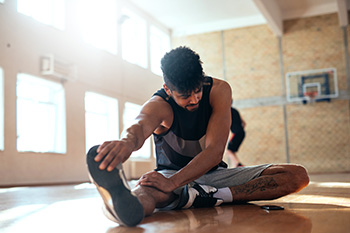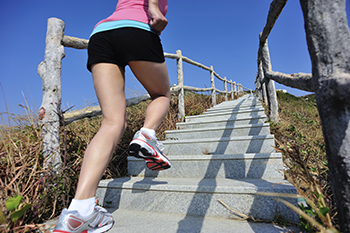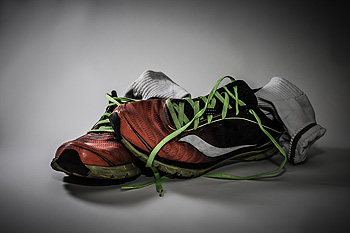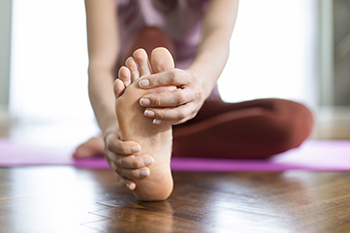
Research has shown that injuries may be prevented among runners. It is easy to experience unwanted foot conditions from running mishaps, and simple methods can be implemented to help prevent running injuries. Common injuries that affect many runners can include blisters, a pulled muscle in the lower leg, and cuts from falling. Additionally, running injuries can be caused by wearing shoes that do not fit correctly and running on uneven surfaces. Many people overtrain, in addition to improperly warming up and cooling down, which are prime reasons for running injuries to happen. Helpful prevention tips can include drinking plenty of water before, during, and after running, while gradually increasing speed and mileage. Running injuries can affect the feet, and a podiatrist can inform you of effective running prevention techniques, address concerns, and answer any questions you may have.
All runners should take extra precaution when trying to avoid injury. If you have any concerns about your feet, contact Cary Golub, DPM of New York. Our doctor will treat your foot and ankle needs.
How to Prevent Running Injuries
There are a lot of mistakes a runner can make prior to a workout that can induce injury. A lot of athletes tend to overstretch before running, instead of saving those workouts for a post-run routine. Deep lunges and hand-to-toe hamstring pulls should be performed after a workout instead of during a warmup. Another common mistake is jumping into an intense routine before your body is physically prepared for it. You should try to ease your way into long-distance running instead of forcing yourself to rush into it.
More Tips for Preventing Injury
- Incorporate Strength Training into Workouts - This will help improve the body’s overall athleticism
- Improve and Maintain Your Flexibility – Stretching everyday will help improve overall performance
- “Warm Up” Before Running and “Cool Down” Afterward – A warm up of 5-10 minutes helps get rid of lactic acid in the muscles and prevents delayed muscle soreness
- Cross-Training is Crucial
- Wear Proper Running Shoes
- Have a Formal Gait Analysis – Poor biomechanics can easily cause injury
If you have any questions, please feel free to contact our offices located in Williston Park, and Long Beach, NY . We offer the newest diagnostic and treatment technologies for all your foot care needs.









